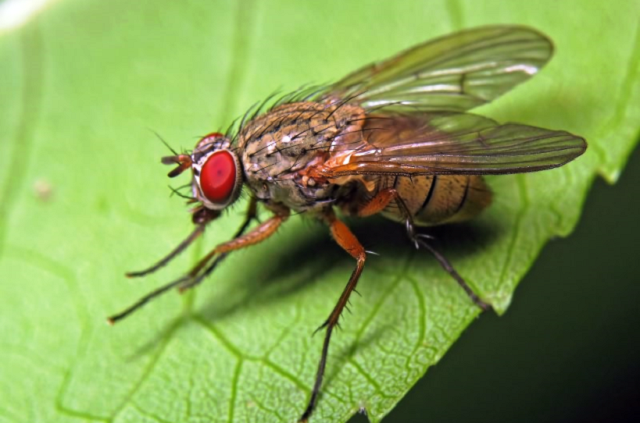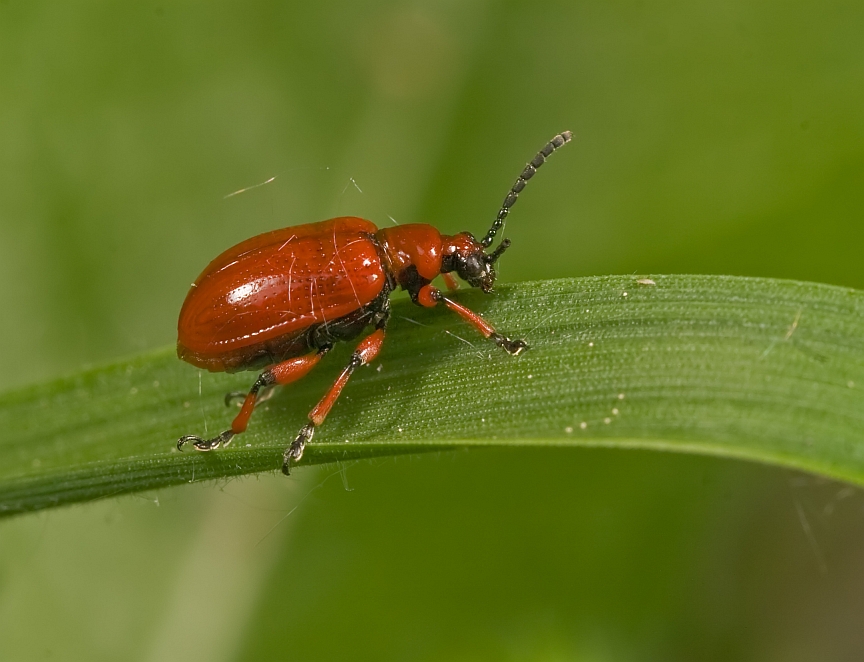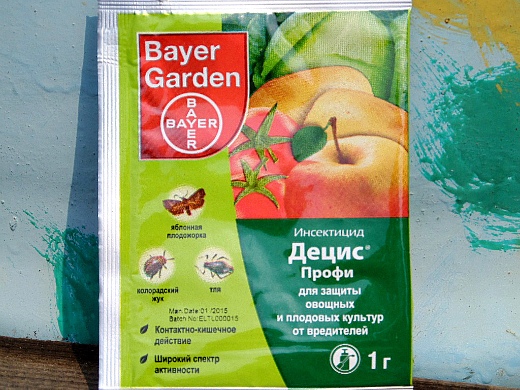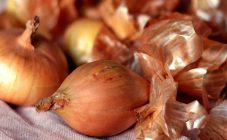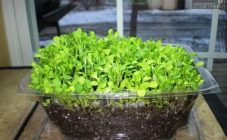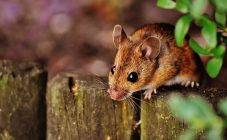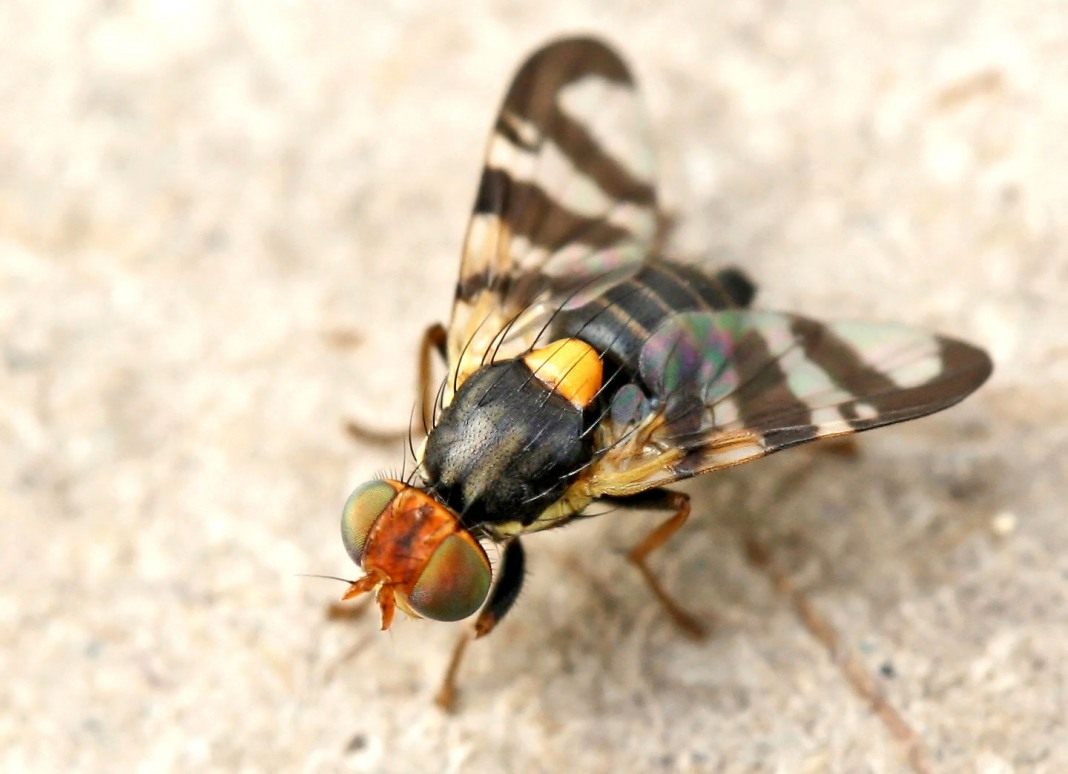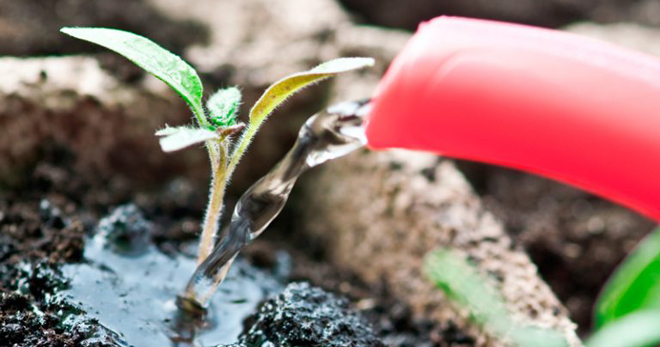Content:
The onion fly is a type of garden pest that damages the plantings of onions, garlic and bulb flowers. If the onion is attacked by such a pest, signs of this phenomenon appear in a short time. External symptoms include slow growth of the onion plant, yellowing of feathers, their wilting and drying. In addition, the planting gives off a smell different from the onion one. Dug out bulbs of infected plantings are distinguished by the presence of a plaque that looks like rot.
Subsequent softening of the fruit makes them unfit for eating or storage. However, there are a large number of chemicals and folk remedies that can help not only against onion diseases, but also in solving the problem of onion fly how to deal with it.
Common pests of onion plantings
The list of insect pests that damage onion plantings includes:
- Onion fly damaging the plant during growth. The most susceptible to the invasion of these pests is the planting, which was sown by seed for germination of seedlings. Larvae from dense stems begin to crawl from infected plantings to healthy ones. The risk of onion flies is significantly reduced if thinning is not necessary when growing bulbs from seedlings. Also, the onion fly begins to fly especially actively and attacks onions diseased with stem nematode. The main sign of damage by an onion fly is considered to be wilting of planting in the first leaf phase. The color of an adult is distinguished by a light gray tint with a body length of 8 millimeters. Wing coloring - yellowish;
- Onion moth, which is a small butterfly with brown wings. The caterpillar is yellowish green in color. Insects wintering places are onion debris, greenhouses and sheds. The ovipositor can be located on a frog, onion, or the back of a feather. The harm from the onion moth is that the larvae eat away the pulp of the feathers;
- Root beetle is a fly that damages an onion plant in the second half of the growing season. Symptoms of the appearance of root beetles are growth retardation, yellowing of feathers with their subsequent wilting. The onion fruit acquires a soft consistency with a repulsive specific odor. A group of these insects is able to turn one bulb into a black putrefactive mixture. Korneedka is a medium-sized fly with a bronze-green body color, and also with two light gray stripes on the back;
- Tobacco thrips is an insect that harms onion feathers and the fruit itself. Flakes damaged by tobacco thrips acquire roughness until they finally dry out. Severely damaged feathers turn white, twist and dry. In addition to stopping the development of a plant, its seeds cannot be used for planting. The color of the insect is yellow, with a 1.5 mm body length;
- Onion rattle, damaging the planting with separate foci. 6 mm beetles are red in color. A brown mass can be found around the larva. The harm from this pest lies in breaking the onion feathers;
- Weevil, which is a black 3 mm beetle with a characteristic elongation at the end of the head. The object of damage by a weevil is a diseased sprouted onion that has not been removed from the ridge. The harm from the weevil consists in piercing the onion feather by lengthening it on the head and eating its flesh. On diseased leaves, you can find white round spots, reminiscent of needle pricks, which lead to their drying out and the death of the plant. When growing onions by seed, the risk of weevil foci is significantly increased;
- Onion nematode is an insect that looks like a small filamentous worm, 1.5 mm in length. The place serving as protection of the stem nematode larvae from the winter cold can be soil, onion fruit and seed material. The stem nematode can get into the onion both through feathers and through a vegetable. Symptoms of the appearance of the onion nematode on planting are expressed in the sluggish form of the plant, as well as in the presence of thin areas in the affected area. Both rotting and drying of onions can occur, depending on the humidity of the air. The time of the most active activity of the stem nematode is the second half of the summer season.
- Mites, most often infecting onion fruits, placed in a house or shed for storage. The mites are found in the areas between the scales, which is why the onion slowly begins to rot. Signs of mites are the appearance of yellow-green pigmentation on the inner scales, which is best seen during storage of the dried crop. During the growing season, yellowing and curling of feathers appear, as well as growth retardation;
- A scoop that gnaws at both onion fruits and feathers. The period of its activity falls on the night hours. The scoop is a 5 cm butterfly. The consequences of damage by scoops are the acquisition of a repulsive smell on the onion and subsequent decay;
- Shallota aphid, distinguished by a brown body color. When damaged by this pest, feathers wilting and their curvature occur, as well as slower growth of the entire plant. The habitat of the shallot aphid on onions is the feather part.
Chemical methods of pest control
For each variety of onion pests, there are certain chemical control methods.
Onion fly
- You can get rid of onion flies with the help of the preparation "Mukhoeda", at a concentration of 50 grams per plot of 10 m2. During planting activities, this composition is applied to the soil surface;
- 30 grams of "Medvetox" is taken for use on an area of 10 m2. When planting, it is applied to the surface of the soil, followed by loosening;
- 30 grams of "Muravyin" is applied to a plot of 10 m2. The planting bed is sprinkled with this preparation after sowing;
- 30 grams of Zemoin is applied to an area of 10 m2, similar to Medvetox.
Onion moth
- Dilute 1 liter of Iskra to treat a plot of 10 m2;
- can be treated using garden chemical "Metaphos", according to the instructions.
Tobacco thrips
- 2 times a season during the growing season process the onion with "Aktar";
- also twice a season to apply the drug "MKS" in the amount of 300 liters per 1 ha.
Onion rattle
Destroyed by using the "Spintor", according to the instructions.
Stem nematode
You can get rid of the nematode only with the help of highly toxic drugs that are not recommended for use in the garden, which have a harmful effect on the yield and the chemical composition of the soil.
Scoops
Destroyed by "Sherpa" and "Decis", according to the instructions.
Folk remedies for onion flies
There are several popular ways to get rid of onion flies in the garden.
Using salt
Saline watering is the most widely used folk method. To prepare a saline solution, it is necessary to dilute 300 grams of salt in a 10-liter volume of water. Watering with the dissolved salt essence is carried out twice: upon reaching the height of onion feathers 5 centimeters and again after 5 hours. The following processing of onion beds is carried out after 11 days. The solution should have a high salt concentration - 400 grams.
The use of ammonia
In 10 liters of water, ammonia is diluted in a volume of 60 milliliters. Pour green onions with a solution, the main component of which is ammonia, three times every month, in the evening.
Wood ash
It is necessary to mix 200 grams of ash with 15 grams of tobacco dust and the same amount of ground pepper. The mixture is used as in the fight against onion spore blight, for application to the ridge and when loosening the soil to a depth of 3 cm.
You can also make a solution from a liter of wood ash diluted in a 10-liter volume of boiled water with infusion for 11 hours. The liquid composition, which should be watered on the ridges, must be diluted as follows: pour 1 liter of such a composition into 10 liters of boiling water.
Tobacco dust
To get rid of onion flies, a product is made in the form of a solution of 200 grams of tobacco dust, dissolved in 10 liters of hot boiling water, followed by infusion for three days. Spraying is carried out twice at a 10-day interval.
Using laundry soap
To make a solution, 50 grams of soap is dissolved in 11 liters of water. Watering should be started in the evening. The ridges need to be watered with a solution of laundry soap twice a season.
Use of iodine
To prepare a solution from onion flies and save the harvest, the main component of which is iodine, three drops of iodine with one tablespoon of ammonia are added to a 10-liter bucket of water and mixed thoroughly. The finished essence is used for watering.
Using baking soda
Also, to get rid of such a pest as an onion fly, soda is often used, which must be mixed with salt and poured onto the ridges.
Herbal tincture
To make 200 grams of a mixture of wormwood, valerian and dandelion, the components are poured with 10 liters of boiled water and infused all day. Used for adding in the evening hours. You can fertilize onions an unlimited number of times.
The onion fly is a rather dangerous variety of onion pests, as well as the most common one, which cannot always be protected from the crop. You can get rid of it with the help of folk or chemical agents. In addition, there are a large number of insect species that damage onions, which can also be eliminated using chemicals or products made in accordance with folk recipes.
